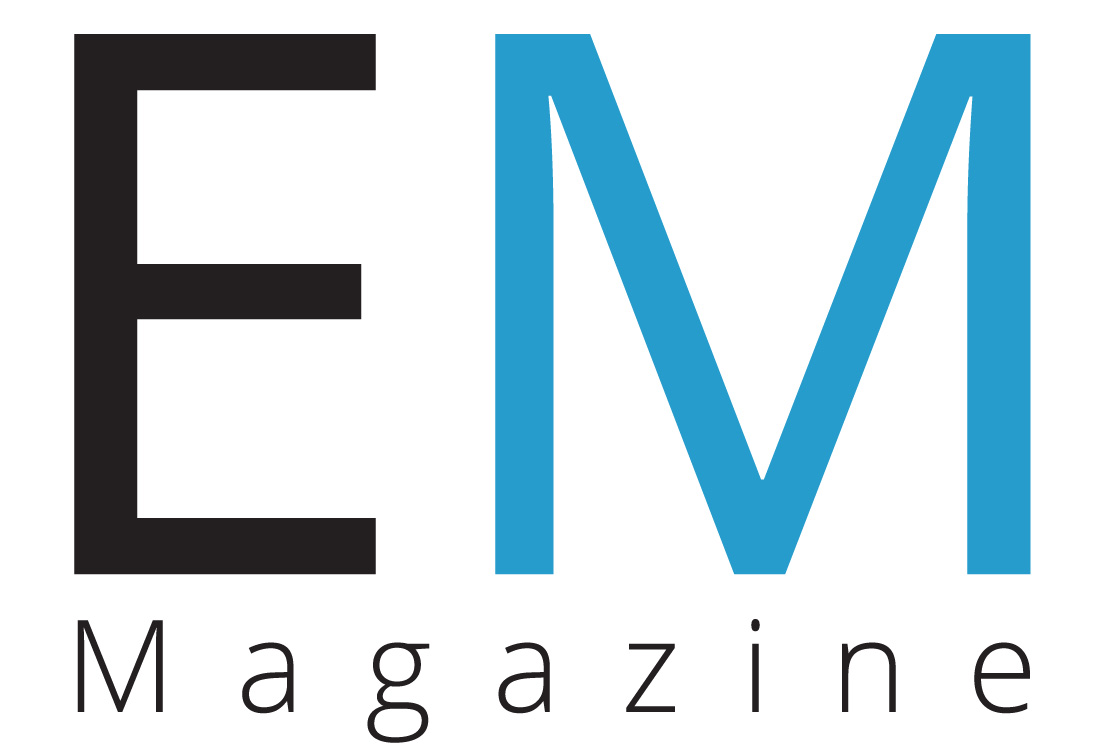As the UK transitions towards a low-carbon future, heat networks are becoming an increasingly vital component of sustainable energy infrastructure. With new heat network regulations set to be introduced very soon, Behfar Abedinia, General Manager at Taconova UK, explores how efficiency, compliance and smart monitoring can shape the future of heat networks.
The Rising Importance of Energy Efficiency in Heat Networks
Heat networks offer a robust, efficient and sustainable heating solution. In its Net Zero modelling, the Climate Change Committee (CCC) showed that 18% of the UK’s heat supply will need to come from heat networks by 2050, an increase from the current figure of 2%[1], if the UK is to meet its net zero targets.
However, many existing networks suffer from inefficiency, with Government figures[2] revealing that some operate at just 35-45% efficiency due to significant heat losses during distribution. Inefficient heat networks not only increase operational costs and offer poor output but they also undermine environmental goals.
In 2023, the UK government introduced the Heat Network Efficiency Scheme[3] offering financial support to heat network operators to improve the efficiency of their networks.
HIUs for District Heating
Once you have an efficient network you need an efficient method of transferring heat to those who require it. Heat Interface Units (HIUs) are seen as a pivotal piece of equipment in district heating systems because they enable efficient delivery of heating and hot water to individual properties.
Unlike traditional boilers, HIUs connect to a central energy source, such as a combined heat and power (CHP) plant or renewable energy systems like solar or biomass. This centralised approach minimises energy loss and supports low-carbon goals. By adopting high-performance technologies like HIUs and optimising system design, heat networks can ensure efficient energy transfer and achieve significant energy and cost savings.
The Power of Data
Smart monitoring can enhance the performance of heat networks by providing real-time insights into system performance. Solutions like Taconova’s energy efficiency dashboard can offer advanced analytics dashboards that allow operators to track energy consumption patterns, identify inefficiencies and implement proactive maintenance strategies. This data can enhance reliability and reduce downtime as problems can be identified quickly and even predicted to prevent them from escalating. This in-depth level of maintenance can then help to extend the lifespan of network components.
For instance, heat meters integrated into HIUs not only provide accurate billing data for customers but also enable operators to monitor usage trends and optimise performance. These data-driven approaches are essential for modern heat network management.
The UK Heat Network Regulations
The UK is set to introduce comprehensive regulations for heat networks. These changes will transform heat networks into a regulated utility under Ofgem’s oversight, similar to gas and electricity markets.
Key regulatory requirements include:
- Mandatory technical standards: Networks must comply with the Heat Network Technical Assurance Scheme (HNTAS)[4], which sets minimum performance benchmarks.
- Consumer protection measures: Operators must ensure fair pricing and transparent billing practices.
- Compliance: Both new and existing networks will need to comply with new regulations in order to be HNTAS-certified.
These regulations aim to improve service reliability, reduce carbon emissions, and protect consumers. However, they also present compliance challenges for operators who must adapt their systems to meet the new standards.
Ensuring Fair and Compliant Operations
Accurate metering is crucial for both compliance and customer satisfaction. According to the Heat Network (Metering and Billing) Regulations[5], heat network operators are generally required to install meters on their networks, provided it is cost-effective and technically feasible, meaning they must install meters in most multi-occupancy buildings on a district heating network to measure the heat consumption of individual dwellings. However, there are exemptions for certain building types and situations which can be assessed based on cost-effectiveness analysis.
Transparent billing practices not only ensure regulatory compliance but also enhance trust between operators and consumers.
Taconova’s Metering & Billing offering provides a simple and compliant solution. These tools enable operators to provide accurate bills while also offering insights into energy usage patterns.

Efficient, Compliant and Smart
As the UK moves towards its 2050 net zero targets, heat networks are in position to become a primary heating solution for millions of households and businesses. The introduction of the HNTAS and Ofgem regulations means efficiency, compliance and smart monitoring will be more important than ever if heat networks are to provide the 18% heat supply the UK needs to reach its net zero targets.
At Taconova UK, we welcome the introduction of these regulations because they offer a fairer, more efficient heating solution. Our HIU and Metering & Billing experts are ready to assist operators and consumers by offering guidance on our heating technology and metering solutions to ensure a smooth transition to the new regulatory framework.
To find out more, please visit http://www.taconova.com/

[1] https://www.gov.uk/government/publications/energy-security-bill-factsheets/energy-security-bill-factsheet-heat-networks-regulation-and-zoning
[2] https://www.gov.uk/government/publications/in-situ-monitoring-of-efficiencies-of-condensing-boilers-and-use-of-secondary-heating-trial-final-report-2009
[3] https://gemserv.com/heat-network-efficiency-scheme-hnes/
[4] https://www.gov.uk/government/publications/heat-networks-regulation-technical-standards/heat-network-technical-assurance-scheme-hntas
[5] https://www.gov.uk/guidance/heat-networks
This article appeared in the April 2025 issue of Energy Manager magazine. Subscribe here.





